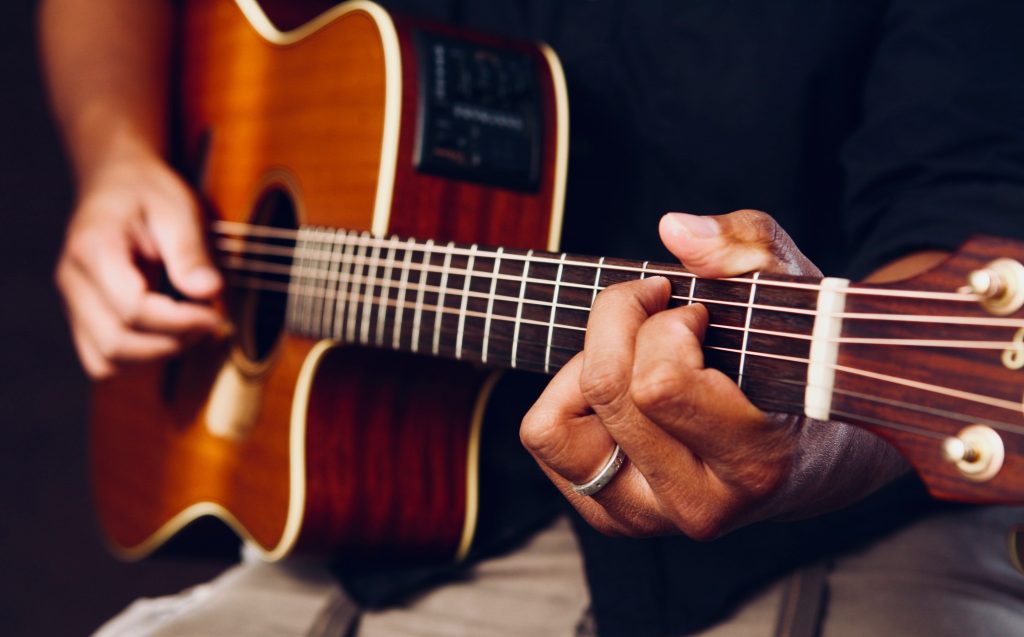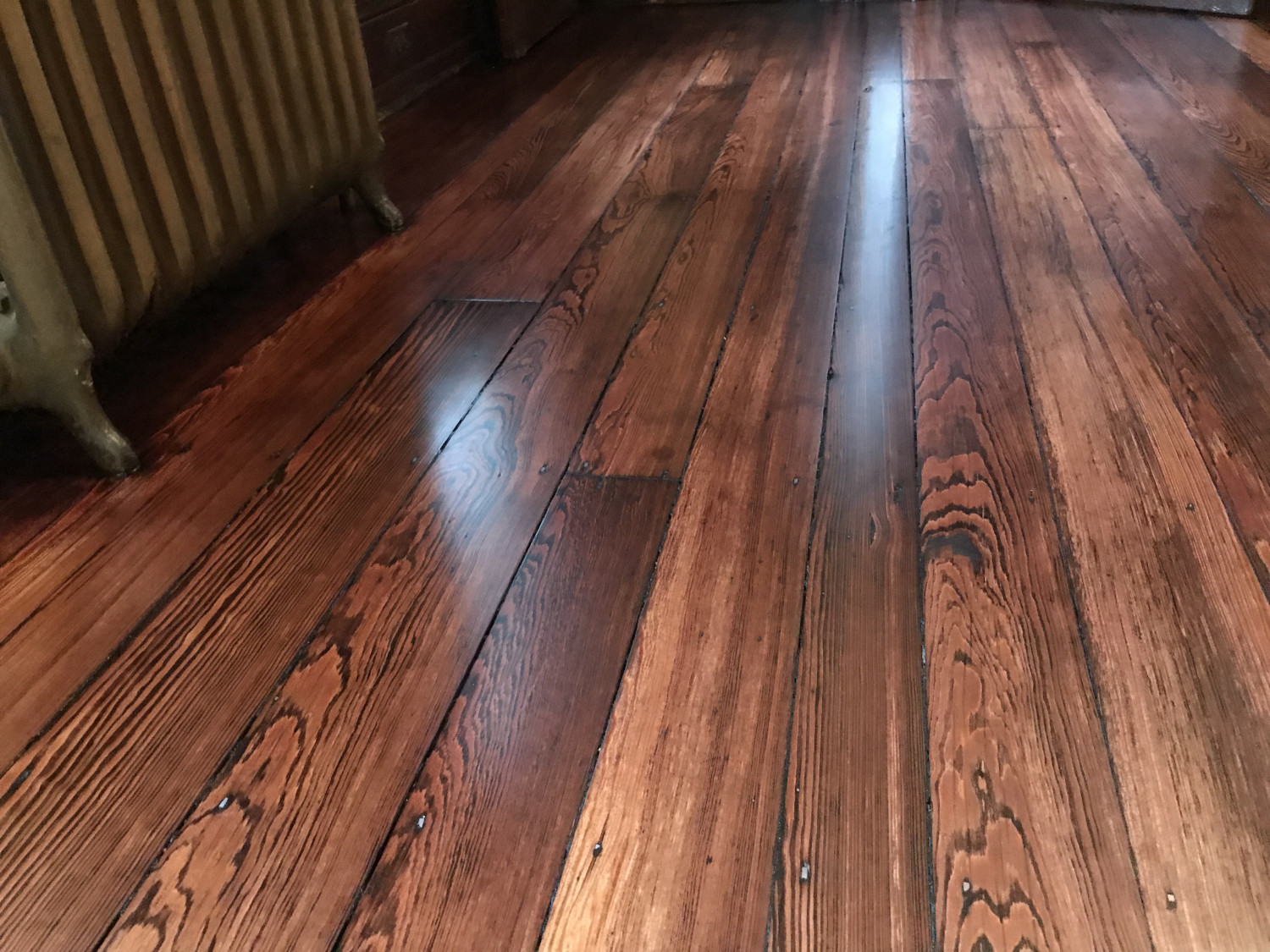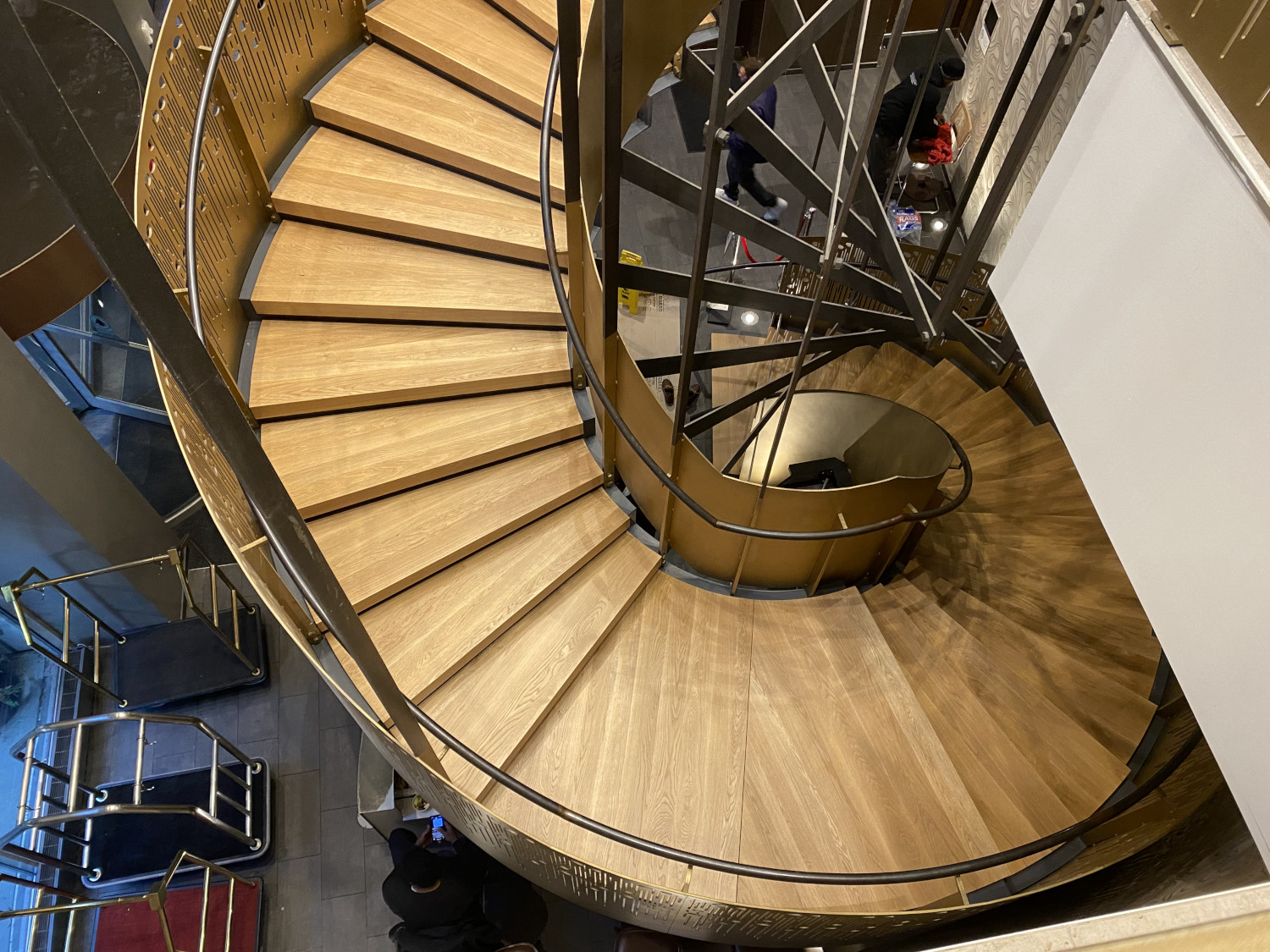How to Soundproof Wood Floors
Wood flooring adds warmth and elegance to any space, but it comes with a downside – the potential for unwanted noise.
From the clatter of footsteps and the echo of voices to the creaking of floorboards, sound can easily travel through wood floor systems. Thankfully, using the appropriate techniques, you can install soundproof wood floors to create a quieter, more peaceful space.
If you’ve spent time investigating how to soundproof a room, you know it can prove quite challenging, especially when dealing with hardwood flooring. Unfortunately, there is no one-size-fits-all solution.
This post offers everything you need to know about how to soundproof floors, including how to pick the best flooring and accessories for soundproofing, as well as some tips you can consider before, during, and after installation that can diminish noise while improving acoustics.

What is the Most Soundproof Type of Flooring?
Hardwood flooring has such warmth and sophistication that it will never lose its charm. However, despite the many positive aspects of hardwood floors, they can be quite noisy. But how does it stack up compared to other flooring products like wood laminate and engineered wood?
Here’s a breakdown:
- Laminate wood flooring: This product uses wood fibers and features a hard melamine surface; it is hailed for its affordability. However, it is the noisiest flooring option because it is lightweight and has a hard surface. It is terrible in response to both impact sounds, like vibrating machinery and foot traffic, and airborne sounds, such as sound from speakers, instruments, or even talking.
- Engineered wood flooring: Engineered from multiple thin solid wood layers, engineered wood flooring offers more weight and has a more resilient surface than wood laminate. It is also more flexible. Overall, it is quieter than a wood laminate floor.
- Hardwood: Out of all three flooring types, hardwood does the best to absorb sound. Unfortunately, it superficially reflects and transmits sounds and ultimately transfers them to the walls and into the rooms above and below the space.
What is The Best Wood For Soundproofing Your Floor?
So, for all its soundproofing faults, wood is still your best bet for blocking sound.
Here are some wood floor options to consider when looking for soundproofing:
- Cork Wood Floors: Cork is porous, extracted from cork oak trees, and features honeycombed cell structures that create air space that can trap sound. As a result, cork underlayment is commonly used to seal and insulate.
- Acoustic plywood: Like cork, acoustic plywood is great for sound control. It can minimize impact vibrations, absorb low-frequency sound, and prevent echoes and reverberation. Its soundproofing qualities are further enhanced when combined with cork rubber for soundproof plywood paneling.
- Medium-density fiberboard (MDF): MDF is a good choice because of its thickness and high density. MDF panels combine hardwood and softwood fibers amalgamated with wax and resin.
- Oriented strand board (OSB): OSB is made by pressing together various wood strands and securing them with adhesives. OSB is dense and strong, especially when combined with materials like glass wool, for additional soundproofing.
Using Insulation for Enhanced Soundproofing
Several insulation solutions are available for enhanced soundproofing in home or commercial spaces, including:
- Polyethylene foam: When placed atop the subfloor prior to flooring installation, polyethylene foam will not only help soundproof the area but also provide a predictable, smooth surface for installation.
- Acoustic foam: This product is dense, typically 3mm thick, and specifically made to block sound.
- Felt underlayment: Five times as heavy and much denser than foam, felt underlayment is the ideal solution for reducing noise in a laminate or engineered wood floor installation.
- Plywood underlayment: Plywood underlayment will provide moderate sound insulation; it is most used under thin, flexible floor materials like linoleum or vinyl.
- Cement board: Due to its high density, cement board is slightly more effective at blocking sound than wood. A cement board product is typically used as a base under tiled floors.

Acoustic Foam can be placed on walls, under rugs, or even as a thin underlay of your wood floor installation to increase soundproofing in your home
Alternative Soundproofing Solutions for Wood Floors
While new wood flooring installation can utilize products and methods to reduce noise, many home and business owners are stuck trying to find ways to minimize noise associated with existing wood floors.
Here are some options:
- Use Area Rugs and Carpets: One of the simplest and most aesthetically pleasing ways to minimize noise on wood floors is by strategically placing area rugs or carpets. These soft materials absorb sound, preventing it from bouncing off hard surfaces. Choose thick, dense rugs and position them strategically in high-traffic areas to reduce the impact of footsteps and other noises.
- Fill Gaps and Cracks: Tiny gaps and cracks in the wood floor allow sound to travel freely between floors. Seal these gaps using acoustic caulk to create a more airtight barrier. Pay special attention to areas around baseboards, vents, and other openings where sound might escape.
- Add Soft Furnishings: Incorporate soft furnishings like curtains, drapes, and upholstered furniture into your space. These materials absorb sound waves, preventing them from bouncing around the room. Not only do soft furnishings enhance the overall design of your home, but they also contribute to a quieter, more acoustically comfortable environment.
- Consider Wall Treatments: Don’t forget about the walls while focusing on the floors. Echoes and reverberations can contribute to a noisy atmosphere. Install acoustic panels or soundproofing wallpaper to absorb sound and minimize its reflection. This comprehensive approach will create a more harmonious and tranquil living space.
- Invest in Heavy Furniture: Heavy, solid furniture can act as a natural sound barrier. Consider incorporating bookshelves, cabinets, and other weighty pieces into your home’s design. Not only will these items add style and functionality, but they will also help absorb and block sound, contributing to a quieter environment.
A Pennsylvania Wood Flooring Professional Can Help
Whether you’re interested in installing new wood floors in a space where you want to keep sound to a minimum or have questions about how your existing wood floors can be enhanced to minimize sound issues, the Pennsylvania wood floor experts at Artisan Wood Floors can help.
Call us today at (215) 515-7355 and ask for Steve!
Recent Hardwood Flooring Projects in Philadelphia & NJ





0 Comments